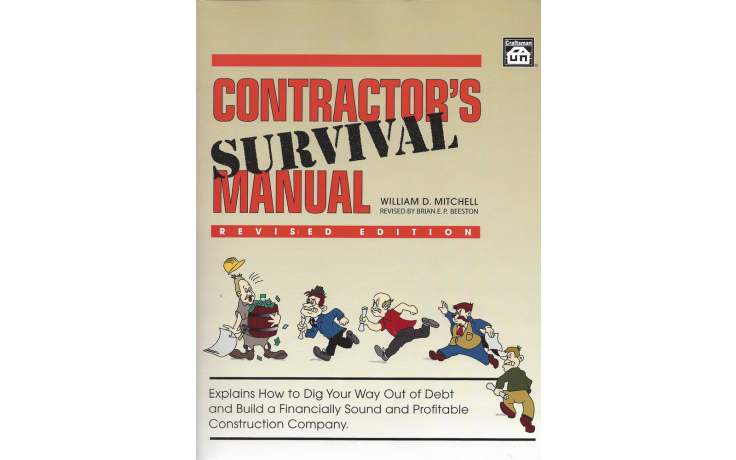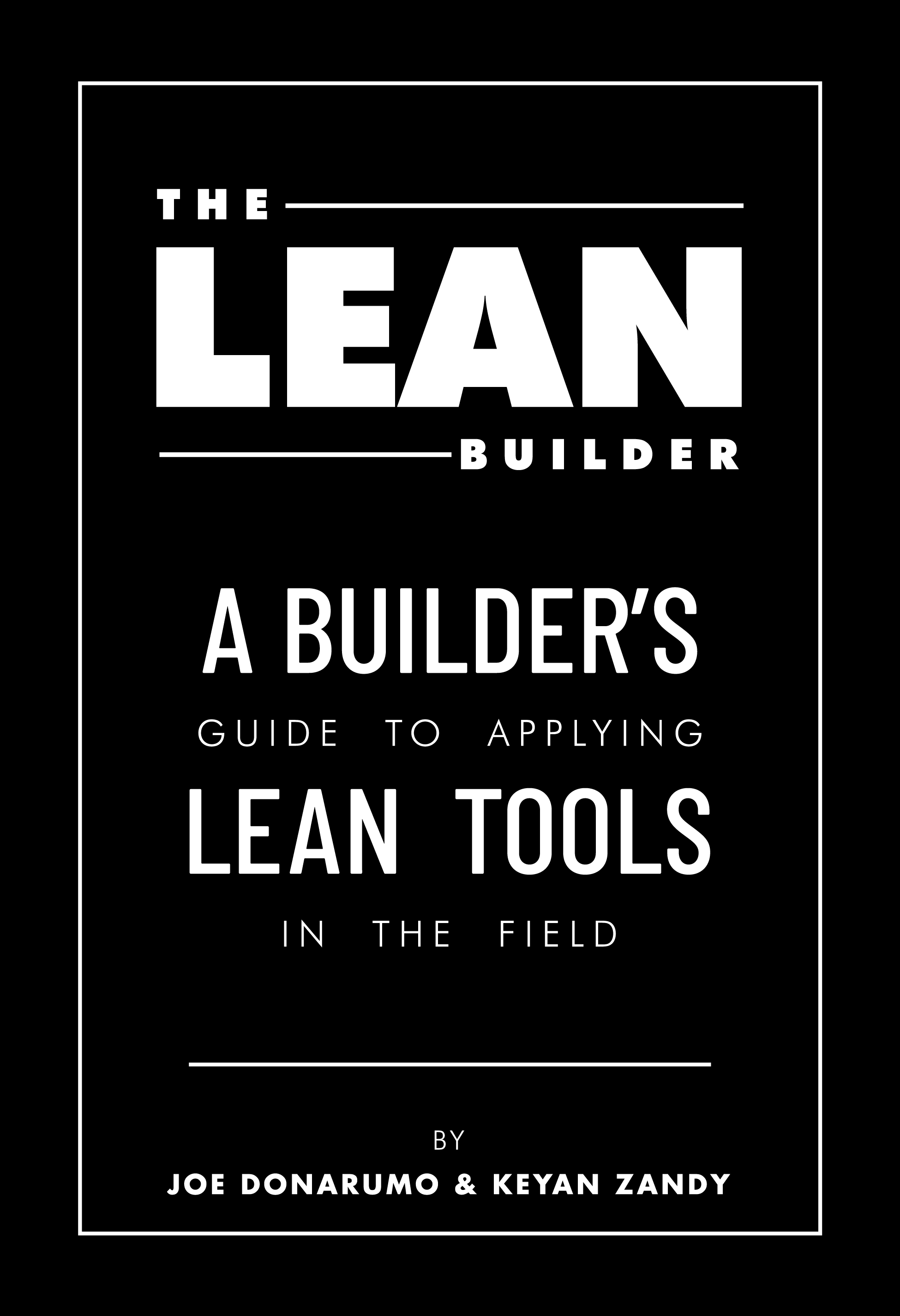Product Profile: TITANIUM-UDL™

This synthetic roofing underlayment is 100 percent asphalt-free. Light gray in color, the membrane provides reflectivity for a cooler roof. In fact, it has more than 10 times the total solar reflectance of felt. It is designed for use under all types of primary roofing materials to replace asphalt felt paper. TITANIUM UDL offers what InterWrap calls SURE-FOOT™, a patented anti-slip nodular surface technology that allows for walking on steep slopes, even in wet conditions. The company also touts the product's strength and toughness; category-leading gauge and weight that result in excellent lay-flat handling; mold resistance; and advanced UV-exposure properties (six months).
TITANIUM UDL is six times lighter and 20 times stronger than 30-pound felt. For example, a 10-square roll weighs less than 50 pounds. Its low weight combined with 48-inch width and 250-foot run length can result in over 50 percent savings in time and labor. Because it is synthetic, this product is unaffected by water, meaning it is completely void of buckling and wrinkling, which plagues felt paper, and a roof can be left uncovered without the need for tarps or immediate dry-in. The product comes with a 25-year limited warranty and is ICC-ES, Miami-Dade, Florida Building Code, ASTM Class A, and CSA Approved.
Sandro DiPede, director of marketing for InterWrap, explains why synthetics are better than felt and what makes his product stand out. "Synthetics are very different. We are all lightweight, which is a benefit over felt. TITANIUM UDL is not unique in this respect, in fact, we are the heaviest. But that means we are the strongest and most durable," he says. "What we have is SureFoot technology. Ours is safest to walk on wet and dry. A roofer's livelihood is predicated on working safely, and no product, no matter how great or low in cost, would be acceptable to roofers if not safe to work on." DiPede also points out that felt also leeches oil, which can run down stucco facing, and makes the surface slick when hot, which won't happen with TITANIUM UDL.
In addition, "We are uniquely all gray, so we are cool to work with," he explains. "We are not affected by temperature." In cold weather, asphalt felt will become very rigid and has a far greater tendency to crack. Layers stick to themselves, and it is very difficult to roll out. TITANIUM-UDL is unaffected by the cold, retaining its flexibility and handling properties.
The key requirement for an underlayment, of course, is that it protect against moisture infiltration. "This usually happens at the fastener and like other underlayments, we are a mechanically attached product, but we are the only one that passes ASTM D1970 for nail sealability, a challenging standard usually reserved for self-adhered underlayments," DiPede explains. "We also have a very high anti-slip undersurface, which prevents sliding on decks before underlayment is fastened, yet another engineered safety feature for the roofer. No other synthetic has this. We can be left exposed six months and we have a 25-year warranty. No one else does."
What's the bottom line for contractors? "You will become more productive and profitable if you use our product," says DiPede, "What you pay for in upfront material costs will generate high payback with gains in productivity, reduced callbacks, labor savings and time." In short, at the end of the day, it's better, faster and cheaper.
InterWrap's Utah sales representative, Dan Thomas, discusses a two-phase expansion and remodel project on his church, Good Shepherd Lutheran, the largest Lutheran congregation in Utah. The church used TITANIUM UDL on the project. "The ‘wow' is that the roofer installed it in late November," says Thomas. "Then a series of storms came through Utah starting in early December that prevented the shingles from being installed - record low temps, ice, snow, winds that cut power to 80,000 homes, etc. If this were asphalt felt, we would have had blow-offs and roofer callbacks, and likely leaks in the roof." Yet recently the pastor, Jim Munter, approached Thomas and expressed his delight with the performance of the product. According to Thomas, he said that "not a drop of water" came into the building.
What do contractors who work with Titanium UDL have to say? We spoke to Doug Schlender, owner of Dynamic Roofing, Dillon, Mont. In business for more than 20 years, he uses the product exclusively now instead of felt, and is quite enthusiastic about its benefits. "In southwest Montana, there are extreme weather conditions, but the industry keeps building through the winter," explains Schlender. "There are times when weather affects me as a roofer more than other trades." He says that using the product allows him to get ahead and do the dry-in before it is time to shingle.
"When cold fronts move in and there is a lot of snow, I wouldn't be able to relax when roofs were under paper," Schlender says. This is why he decided to try TITANIUM UDL. "It's indestructible. It doesn't blow off like tarpaper. I had one roof under it for four months - while I was waiting for a new metal product to install. When I was finally ready to roof, the TITANIUM was in just as good of shape as it was when I put it down four months earlier. The wind had gotten up to 65 mph - I would have lost all of my paper. I also do some GC work, and using this product allows me to dry in and do some of the interior work, like electrical. It allows interior trades to get ahead."
In Schlender's market, the price of this product is about $3 more per square than paper. "Most contractors are willing to pay if the house can't be roofed for a few days. It allows the job to move forward," he says.
He also agrees with the company's claims that Titanium UDL is extremely durable. "They say it is 20 times stronger than 30# paper, but I think it is much more so. It is much tougher than house wrap/Tyvek."
Schlender would definitely recommend the product to another contractor. "The color is a real light gray, it looks white," he says. "It reduces temperature in the summer by about 15 to 20 degrees." He also commented that because of the light gray color, "snow is more difficult to melt off in the winter." DiPede claims InterWrap has engineered a "winter-grade" solution (to be released for next season), which doesn't lose the benefits of a gray product.
But there are a lot of synthetic products on the market, does Shclender see a difference? "I've used other alternative underlayments - this is better, the best of the synthetic products. It's worth the extra $3 a square," Schlender contends. "I use it because it makes my life easy. In the winter around here, paper gets bubbly on the north (dark, cold) side of the roof. Paper shrinks and expands in the fluctuating temperatures. Bubbles don't come out and voids form over bubbles. It takes two to three times as long to nail down the shingles; you can't cut them out. The TITANIUM is inert - it doesn't change in cold and heat. It lies flat, even on the dark north side. It's super thin - another huge advantage over paper. It doesn't bubble, and even if it did, it's so thin it wouldn't telegraph to the shingle. With paper a lot of times you can see the plywood lines in certain light. With TITANIUM UDL, there are no gnarly looking roofs!"
As a contractor, you definitely want to avoid "gnarly looking roofs." Also, be sure to check out InterWrap Inc.'s TITANIUM-PSU™ Peel & Stick self-adhered underlayment, launched at the 2004 NRCA convention and discussed in this month's Product Focus section. An advanced rubberized asphalt formulation utilizing MDP technology is combined with patented SURE-FOOT anti-slip technology, six-monthh UV exposure, and both low (14 degrees F)- and high-temperature (240 degrees F) performance, all in one product.
Looking for a reprint of this article?
From high-res PDFs to custom plaques, order your copy today!





